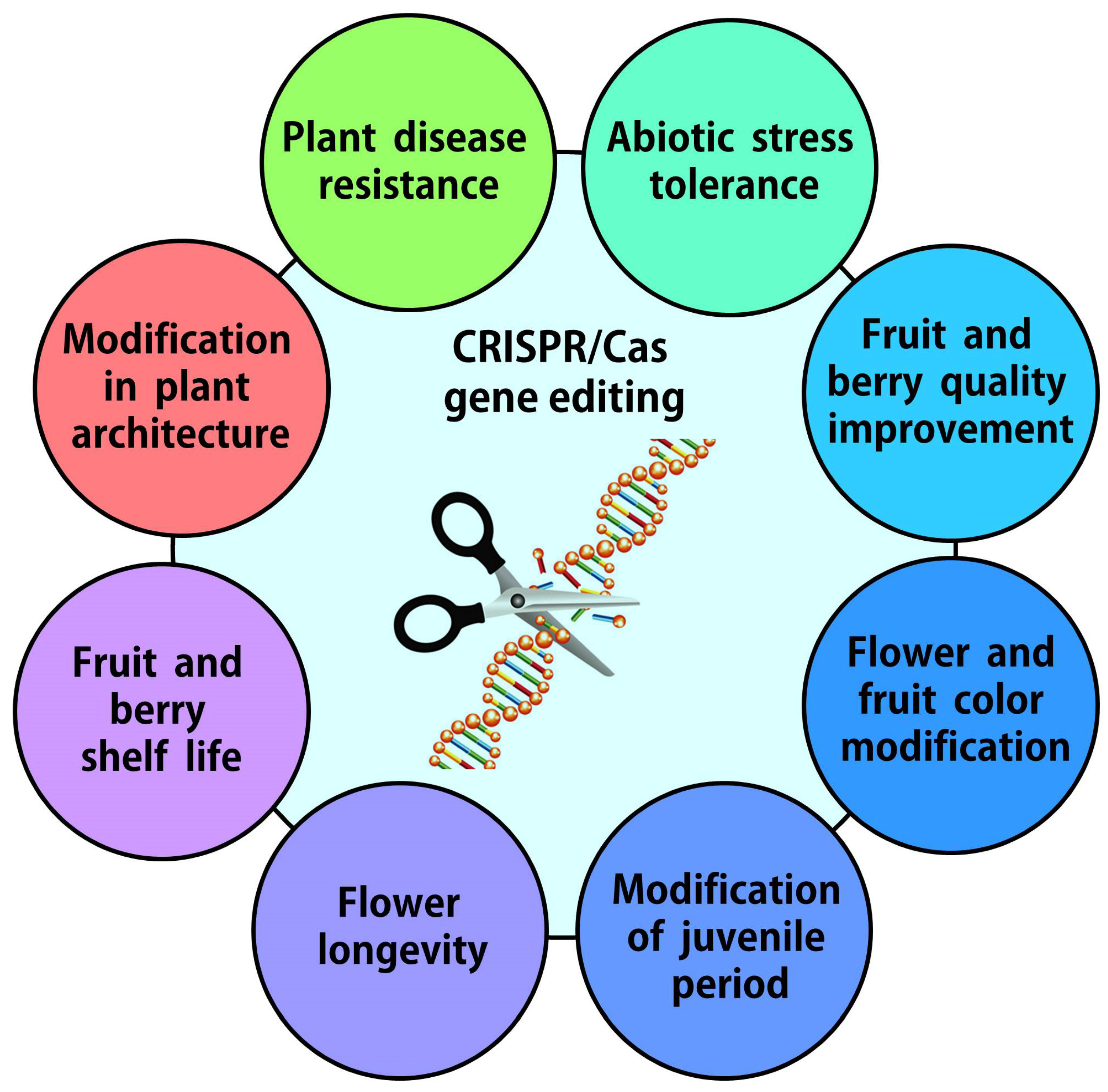Genome editing is a technology that allows for precise modifications to an organism’s genetic material, such as DNA or RNA. Genome editing works by introducing specific changes to the DNA sequence of an organism. At present, the newly introduced method of genome editing is efficiently done by using CRISPR-Cas9 system. The CRISPR-Cas9 system is a genome editing technology that uses RNA-guided enzymes to target specific DNA sequences and cut them. The system involves two components including a guide RNA (gRNA) that directs the enzyme Cas9 to the target site and the Cas9 enzyme that cuts the DNA. The cut site can then be repaired by the cell’s natural DNA repair mechanisms, resulting in either the deletion, insertion, or replacement of the targeted DNA sequence.
CRISPR-Cas9 gene-editing technology is currently widely used to study genes of interest. CRISPR-Cas9 is an innovative gene-editing technology that has transformed the field of genetics and biotechnology. New advances in molecular biology and gene editing technologies can precisely allow the manipulation of targeted genes. The potential uses of CRISPR-Cas9 genome editing are broad and diverse, and the technology has the potential to make significant contributions to many different fields. However, it is important to ensure that the use of this technology is regulated appropriately and consideration of ethical issues should be over emphasized.




